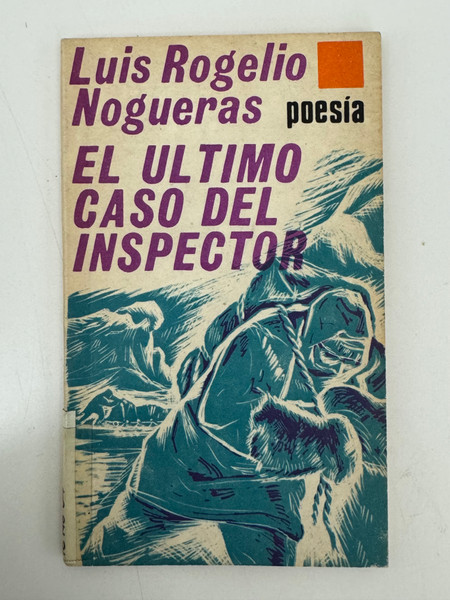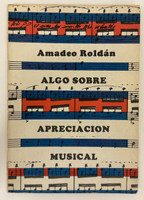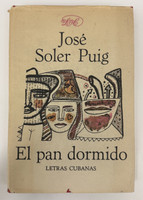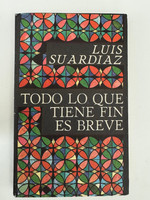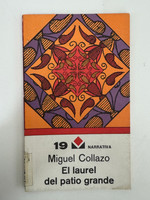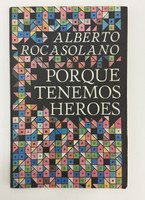- Travel
-
Exhibits
- La Portada Cubana
- Immortal Cuba: Artists Take on Their Heroes
- Seattle Poster Exhibit
- Sandra Dooley & Alejandrina Cué
- The Art of Wayacón
- Cuban Folk Art
- Cuba In Black And White
- 25 Years of Cuban Art Space
- Summer Folk Art Expo
- ¡SPRING AWAKENING FROM CUBA!
- Celebrating The Art Of Cuban Women
- Celebrating Paper, Affordable Art from Cuba
- Art of the Revolution
- Outsider Art
- Lost and Found
- En la lucha: Celebrating Cuban Women and Their Art
- Cuban Art Stash
- 100 Fires: 5 Cienfuegos Artists' Work on Paper
- Waya + Monte! Magic Realism in Cienfuegos
- Viva Cuba Viva! Poster Show
- Cultivando Sueños
- Black Lives Matter in Cuba Jan 9-March 27
- Leandro Soto: Crónicas visuales
- Cuban Canvas
-
Archive
- Global Reflection 2018: Spirit and Community
- Exhibit in the cloud: Contemporary Works on Paper
- MADE IN CUBA! MINNEAPOLIS EXHIBIT
- Cuban Posters and Photography from CCS collection
- AUTUMN SALE! Sept/Oct 2017
- SPRING ARTS AND CRAFT SALE
- Vuelo Directo/Non Stop: Alberto & Alejandro Lescay
- The Many Faces of Fidel
- Somos
- Made in Cuba!
- The US empire in Cuban graphics
- Made in Cuba/Seattle exhibit
- Entre Nos
- Looking Back
- Cuban Art Space
- Membership/Donate
- About Us
- Cuba News
-
Raúl Martínez's cover design for Luis Rogelio Nogueras's poetry collection "El Ultimo Caso del Inspector" features a dramatic two-color woodcut-style illustration by Eladio Rivadulla. The cover composition juxtaposes bold purple typography with a dynamic teal and cream illustration depicting a figure in violent motion, suggesting the noir detective fiction that inspired the poems. A single orange square in the upper right corner provides a stark geometric counterpoint to the expressionistic illustration below. The design reflects the sophisticated visual language of Editorial Letras Cubanas's "Mínima poesía" series, where minimalist typography and controlled color palettes framed contemporary Cuban verse. Martínez's layout creates a compelling tension between the restraint of the text placement and the kinetic energy of Rivadulla's illustration, perfectly capturing the collection's fusion of genre fiction with experimental poetics.
"El Ultimo Caso del Inspector" (1983) represents one of the most innovative works in late twentieth-century Latin American poetry. Luis Rogelio Nogueras (1944-1985), known affectionately as "Wichy" or "el Rojo" (the Red), was a poet, narrator, and screenwriter whose work brilliantly merged detective fiction conventions with philosophical inquiry and metaliterary reflection. This collection showcases poems that play with the tropes of crime fiction—inspectors, crimes, weapons, victims—while interrogating the nature of poetry itself, time, authorship, and reality. The title poem, "El último caso del inspector," presents a scene where "the crime scene is not yet the crime scene" and systematically deconstructs the elements of a murder before they become what they are named, creating a meditation on potentiality and transformation. The collection includes apocryphal poems attributed to invented poets, translations from fictional authors, and works that blur the boundaries between original creation and literary homage. Nogueras, who had won the Premio David in 1967 and the Casa de las Américas Prize for "Imitación de la vida" in 1981, was compared to Jorge Luis Borges for his erudition, imagination, and sophisticated literary games.
Eladio Rivadulla Martínez (1923-2011), the cover illustrator, was a pioneering figure in Cuban revolutionary graphic design. He created the very first political poster of the Cuban Revolution on January 1, 1959—a silkscreen portrait of Fidel Castro with the text "26 de Julio"—and became one of the founding designers at ICAIC (Cuban Institute of Cinematographic Art and Industry). Rivadulla's career spanned over sixty years, encompassing film posters, book covers, murals, painting, and editorial design. He received the National Design Award from ONDI in 2009 for his lifetime achievements. His woodcut-style illustration for "El Ultimo Caso del Inspector" demonstrates his ability to work across diverse visual idioms, from the revolutionary realism of his early posters to the expressionistic energy seen here. The dramatic figure in motion, rendered in dynamic brushstrokes, suggests both the violence of crime fiction and the emotional intensity of Nogueras's verse. This collaboration between Martínez's design direction and Rivadulla's illustration created one of the most memorable book covers of 1980s Cuban publishing, where the visual and literary avant-gardes intersected to produce works of lasting cultural significance. Printed at the Imprenta "Urselia Díaz Báez" in December 1983, commemorating the 30th Anniversary of the Moncada attack, this volume exemplifies the high standards of Cuban book design during a period when literature, visual art, and revolutionary culture remained deeply intertwined.
-
-
Discover More at the Center for Cuban Studies

